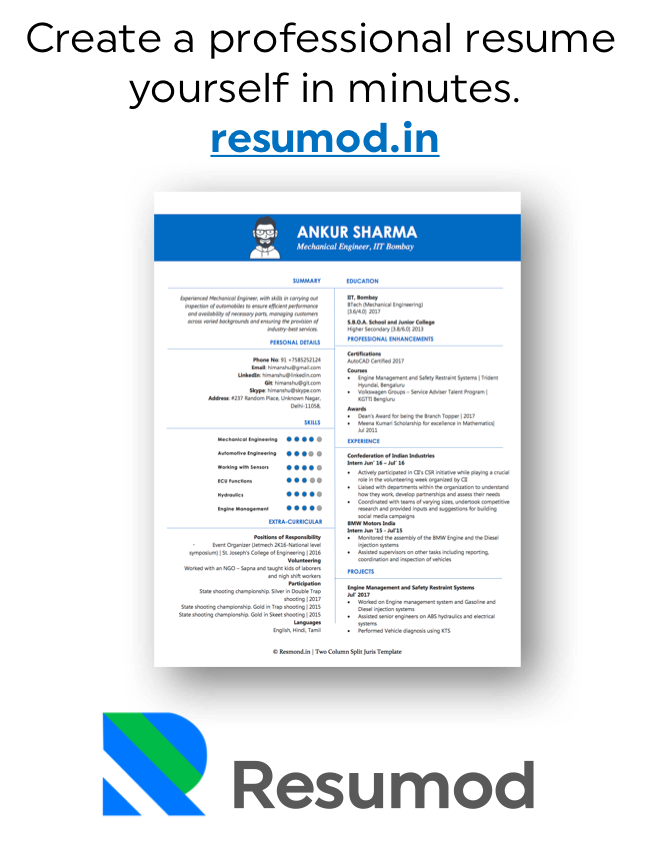This is a guest post by Vince from BigRentz
It’s likely unrealistic to think that businesses would altruistically begin to employ women in higher ranking positions with the goal of achieving gender parity. Status quo is very difficult to shift. However, there is one thing that always motivates businesses to change and evolve: improving the bottom line.
Recent studies show that gender diversity is simply better for business. Research by McKinsey & Company has pointed to the idea that executive teams with higher gender parity are over 20% more likely to reap higher profitshare. Peterson’s also featured a study of over 20 thousand companies from over 90 countries that points to the idea that higher revenue correlates to having both men and women in executive roles. And one study from BigRentz has showed that there is opportunity in an unlikely place: the construction industry.
Several countries in Europe like France, Finland, Iceland, Norway, and Spain, have begun to require that any corporate board have female representation. Think that is not going to happen in the US? Think again, California announced in late September 2018 that it would become the first US state to follow suit and mandate women be represented on every corporate board.
What does this mean for women seeking employment in construction?
There are a number of industries where women are very poorly represented. Some of the worst culprits are the tech industry, engineering, and construction. In all women represent only 9% of the construction workforce. When it comes to labor, women are less than 2% of many jobs such as roofing, structural iron and steel work, and brick and stone masonry, but in front office positions they are also not well represented.
However, many more women are in administration than in labor. According to an article by BigRentz about 13% of the women who work construction jobs are in labor, the vast majority are in administration. Even so, it represents a pathetically low number of positions held by female workers.
This is rife for change. With the rise of female parity in every industry, the places where women are represented the lowest are the ones that are slated to see the highest level of adjustment. And it has already begun to happen on a relatively spectacular scale, for construction. Additional metrics from BigRentz points out that a staggering 15% increase in female leadership in the last year was the highest of ANY industry.
And while women have a disproportionately low number of positions in construction hierarchies, over 40% of the top 100 construction firms have women in executive roles. The concept that women are making these corporations more money is being noticed.
Female leadership positions means a ripple effect for any women applicants for relevant positions in the sector. Not only does it mean better mentorship potential, it also demonstrates that the entire field is active in reforming its gender disparity at an incredible rate. Women will want to take advantage of this by applying in construction-based companies, even if their resume is only tangentially related to the business of construction.
Construction is adding a huge number of jobs
In addition the sector is looking to blow up over the next few years in general. A recent article states that three-quarters of construction contractors are looking to add workers, and half of construction companies have reported difficulty filling positions. This huge labor shortage reported for the industry is not only in low pay labor level positions. Finding people to fill craft positions (some of which make six-figure salaries) is increasingly difficult. With this growth potential, there are huge gains to be made in every part of the industry for women who are willing to learn the right skills.
Estimates also say that the percentage of women in positions in construction will rise close to 20% in the next two years something that means the sector is ready for a massive influx of female help on every level.
How to identify jobs in construction that are available to women?
The National Association for Women in Construction (NAWIC) is an extremely useful conduit for women who are looking to enter the field. Though they have been around for over 60 years, they have grown astronomically over the last 10 years. Their career center is nationally recognized and is a good place to post resumes as well as seek positions.
They are active in connecting would-be employees and leaders to mentors in the field and offer classes, apprenticeships, contests, awards and more.
Female leaders in construction
Blogs and interviews are available on the internet to inspire intrepid women to break into the construction industry. A recent article on Makers.com, for example, is an interview with a recent college graduate who talks about how to reduce stress on a jobsite and get everyone to work.
The second week of March has been dubbed Women in Construction Week and the publication Construction Dive uses that occasion to share interviews with women on many levels in the industry. What’s universally discovered when looking at these women is their desire to make sure that they are paving the way for the next generation of female employees.
When asked about how she attained a leadership position, Taylor Morrison CEO, Sheryl Palmer, sites the number of great mentors she’s had the good fortune to have. Given the more pointed question of creating a persona that you think will actuate oneself as a leader in a male-dominated industry she says, “I have a very strong opinion on that. Don’t lose who you are. I have spent a lot of years coaching women who felt they had to be someone different, and when you have to be someone different and you can’t be your best you, I think so much is compromised, certainly your self respect, and if you lose that, your ability to lead is compromised. My counsel is to own it and own it proud. Our differences are good. Don’t compete by being someone you’re not. Compete by being every bit of who you are.”
Ultimately, states Palmer,, “You are the CEO of your career.” When asked if she has advice for women in construction she says to make sure you are open-minded and have the agility in your career to learn every day and work hard for the things you want. “There’s no replacement,” she says, “for hard work.”
With the industry expanding in all directions, but particularly in the area of female leadership, it’s time for women everywhere to take a serious look at the possibilities that have arisen in construction.
If you are looking for a place to grow and build yourself up, the construction field is one that feels as though it is opening up to women everywhere. You can see the full infographic from BigRentz below:



